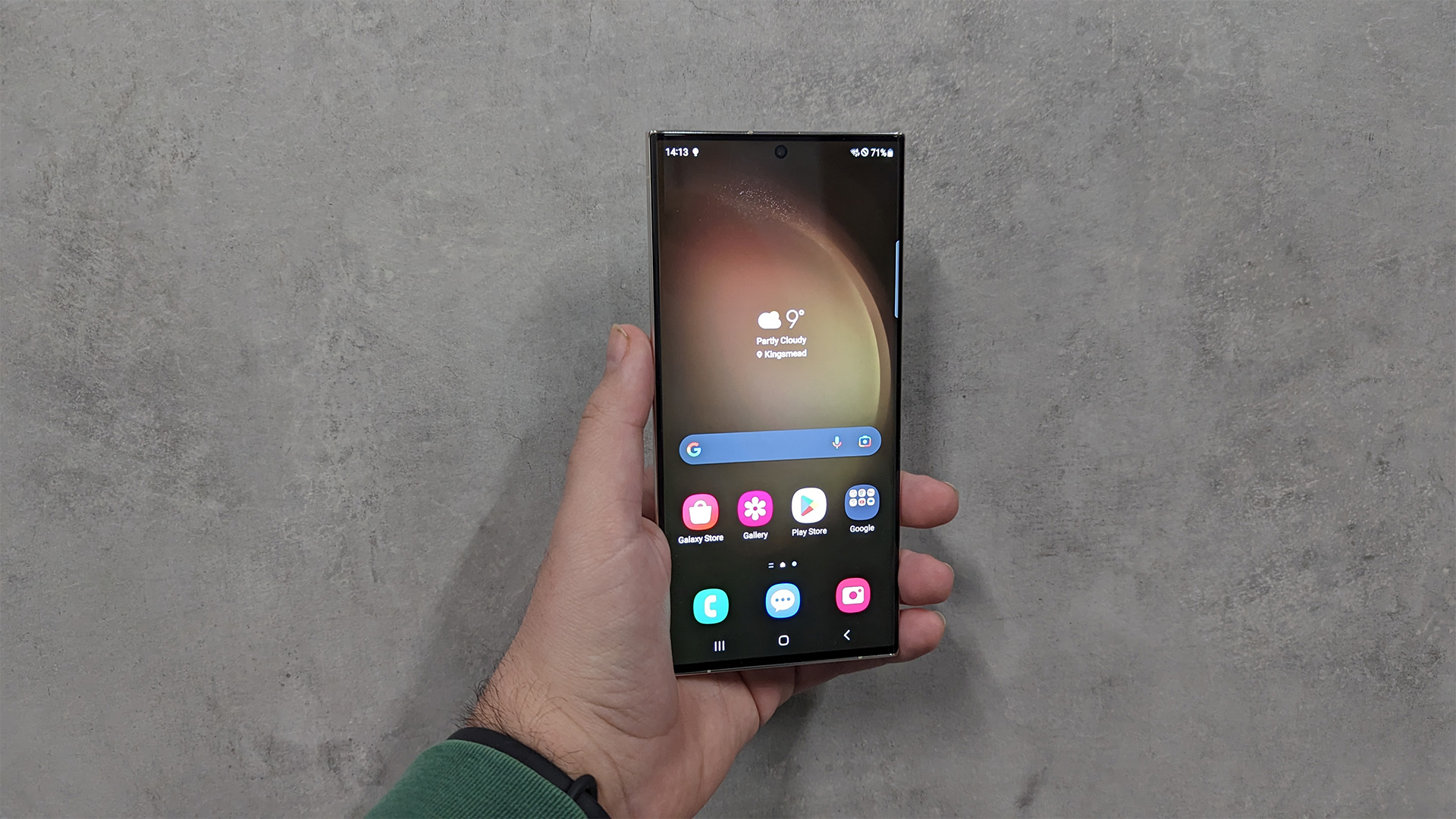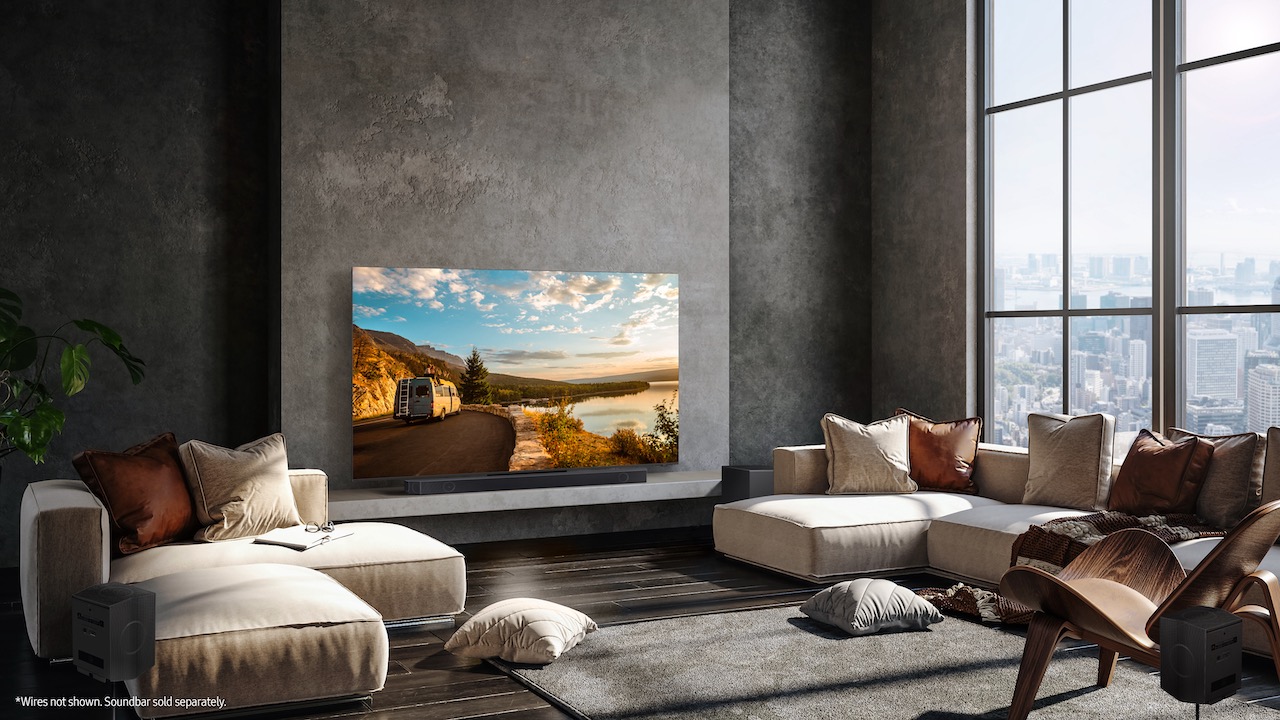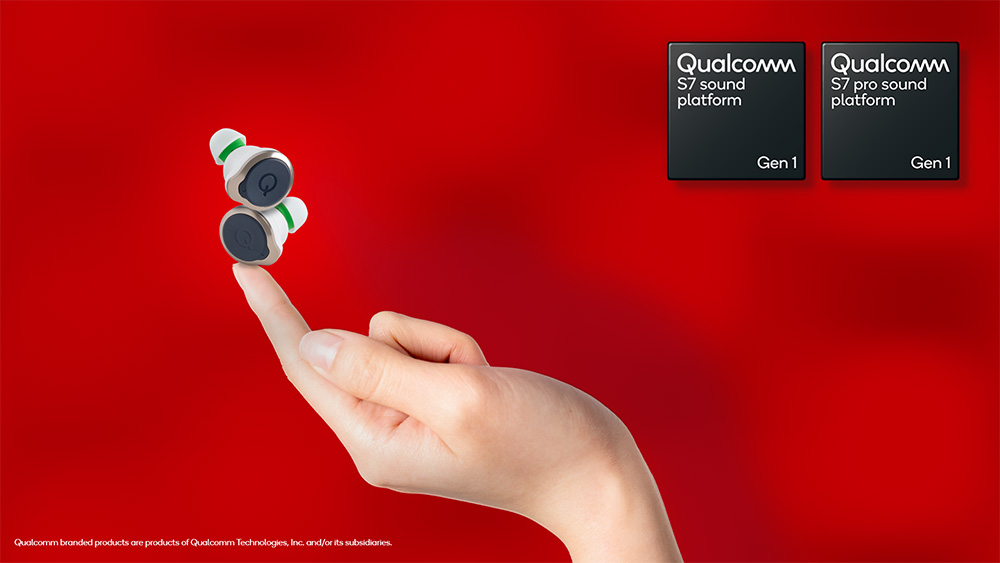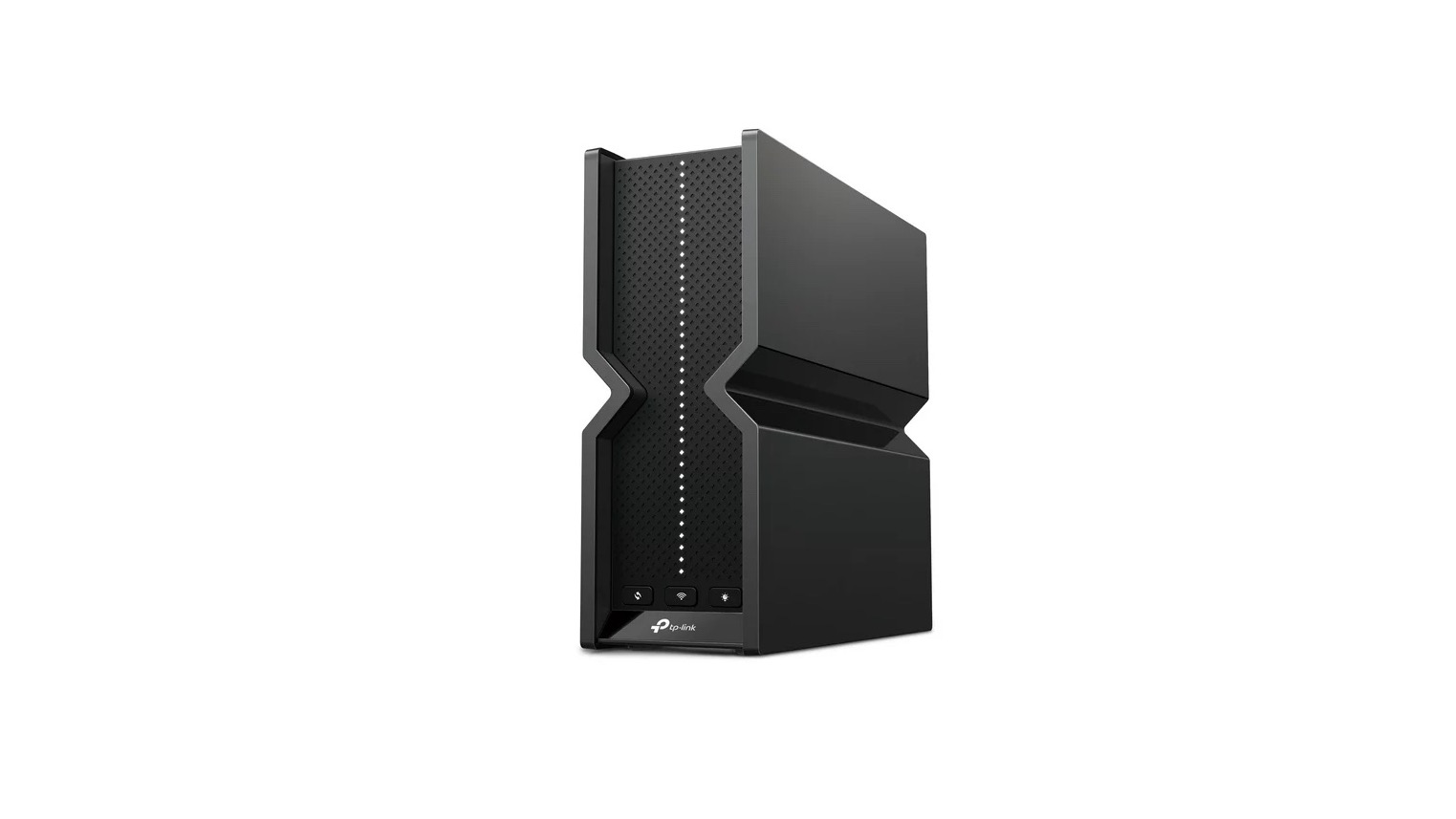
Streaming is about to reach the next level. Wi-Fi 7 promises blazingly fast speeds with lower lag, meaning a quantum leap in the quality of video easily accessible for home viewing. It could make a major difference to sound quality too, allowing digital music to close the gap on the analogue listening experience.
Sound familiar? We know, that's usually the promise of the Next Big Thing. But this looks like the real deal. Wi-Fi 6 was built to accommodate the explosion in the number of devices connecting wirelessly, whereas with Wi-Fi 7, the emphasis is firmly on speed.
In fact, it could be what's needed to unlock the potential of 8K streaming.
Read on to find out what it's about, what it can do and when you can use it for yourself.
What is Wi-Fi 7?
It's the next generation of wi-fi technology. Its technical name is IEEE 802.11be EHT, while Wi-Fi 6 was IEEE 802.11ax. IEEE stands for Institute of Electrical and Electronics Engineers – the body that defines the industry standards. The EHT part of Wi-Fi 7's name stands for Extremely High Throughput. In other words, it's fast.
While Wi-Fi 6 might seem new, it arrived back in 2019. This was followed by wi-fi 6E in 2021, which opened up the 6GHz band, to go with the 5GHz and 2.4GHz ones used in previous versions. Sonos's Era 100, Era 300 and Move 2 speakers all use Wi-Fi 6.
Wi-Fi 7 uses the same three bands but manages to be faster. That's thanks in part because it allows radio channels with 320MHz over the 6GHz frequency – that's twice as wide as the 160MHz channels over 5GHz, and hence twice as fast.
How fast is Wi-Fi 7?

Very fast. We're promised a maximum data rate of 46Gbps, up from 9.6Gbps for Wi-Fi 6. That's just shy of five times as fast. Golly.
Now obviously this is a maximum, and not what you would expect every day. A lot will depend on what devices you're using, how many of them are connected at once and your proximity to the wireless router (as well as if the signal has to travel through any walls to reach you). You'll also need a ridiculously fast broadband connection.
But if you get even a fraction of the peak data rates, Wi-Fi 7 will feel like light speed compared to Wi-Fi 6.
What are the benefits of Wi-Fi 7?
What's the point of all this speed then? Faster speeds means movies and TV shows will be much quicker to load when streamed from services like Netflix and Disney Plus. And if you're downloading to watch offline, you'll have much less of a wait. Handy if you need to make a flight.
Because Wi-Fi 7 has greater capacity, it can support more devices at higher speeds, too. That means if lots of people in your household are streaming movies at the same time, it shouldn't start buffering or stuttering, even in 4K.
The connection will also have lower latency, with less lag. This will mostly benefit gamers, who want the quickest possible time between a button press and the corresponding action on screen, but it will also mean an end to lip sync issues (providing the TV plays its part, of course).
Gamers will also love the AR/VR uses the extra bandwidth unlocks. These applications typically require higher speeds, so expect to see plenty more apps and games that use the technology.
Whether we see Meta and Apple's vision of hell the future remains to be seen...
Will Wi-Fi 7 help 8K streaming?

It should do, yes. If we even get a fraction of the maximum speed possible, it should still blow off the doors to 8K video streaming.
8K streaming is possible at today's wi-fi speeds, of course. It's just that there's nothing to watch. Because 8K TVs aren't yet mainstream, and because 8K requires higher broadband speeds, video streaming services haven't bothered releasing content in the resolution. But that could soon change...
Intel estimates that with speeds of just 5.8Gbps, 8K video streaming will become much more feasible. It would also benefit offline viewing, with a 15GB file taking just 25 seconds to download, as opposed to a minute with even the fastest wi-fi tech currently available.
What will Wi-Fi 7 mean for wireless audio?

Improvements all round, in short. That's according to chip maker Qualcomm, which recently unveiled two audio platforms that could lay the foundations for smarter, better-sounding wireless headphones. The extra bandwidth offered by protocols like Wi-Fi 7 could see wi-fi replace Bluetooth as the default technology for wireless headphones.
Qualcomm claims its S7 and S7 Pro Gen 1 chips offer improvements in battery life and active noise cancellation, and expand the opportunities for sound personalisation and other AI-powered functionality.
Qualcomm calls it ‘micro-power’ wi-fi support, which works in conjunction with the firm's XPAN (Expanded Personal Area Network) technology to enable more bandwidth and better sound quality. This will also increase the wireless range.
The idea is that headphones with the S7 Pro Gen 1 chip will be able to connect to a home’s wireless network to offer ‘lossless’ hi-res audio up to 192kHz, and without having to be within close proximity of the source device. Qualcomm’s highest audio support claims over a Bluetooth connection is 16-bit CD-quality ‘losslessly’, while Bluetooth range maxes out around 200m. Bluetooth could take over when the wearer steps out of range of wi-fi. Qualcomm says this switch will happen automatically and seamlessly.
The chip-maker is quoting 10 hours of battery life of ‘lossless’ 96kHz music streaming. And it's touting AI skills as well – for example, ANC headphones could silence other voices in an office and hone in on yours for a more coherent office call.
When will Wi-Fi 7 arrive?

It's already here, kind of. Wi-Fi 7 devices have been on sale for a few months, and are now pretty affordable, like this TP Link router for $250 (around £200 / AU$400). But Wi-Fi 7's final spec is still pending final certification, and not many devices can take full advantage of its potential. A Wi-Fi 7 router unveiled by Qualcomm recently enables 10Gbps speeds – less than a quarter of Wi-Fi 7's headline speed – yet it's marketed as delivering "lightning-fast speeds".
EE has announced home Wi-Fi-7-compatible home routers will arrive in 2024. There's no word on what speeds these will achieve. And Qualcomm says the first devices with its S7 and S7 Pro Gen 1 platforms should also start arriving in 2024.
Of course, you'll need end devices with Wi-Fi 7 too – if your smartphone still runs Wi-Fi 6, you're out of luck. Google's Pixel 8 and 8 Pro run Wi-Fi 7, as do the OnePlus 11 and Samsung Galaxy S23. The iPhone 15 Pro and Pro Max have Wi-Fi 6E, while the iPhone 15 is stuck with plain old Wi-Fi 6. There is talk of Apple upgrading the iPhone to Wi-Fi 7 as early as 2024 though, so next year could be a big year for the tech.
MORE:
Bluetooth 5: everything you need to know
Consult our check-list of 7 things to consider before buying a Bluetooth speaker
See the best Bluetooth speaker deals live now: JBL, Ultimate Ears and more







